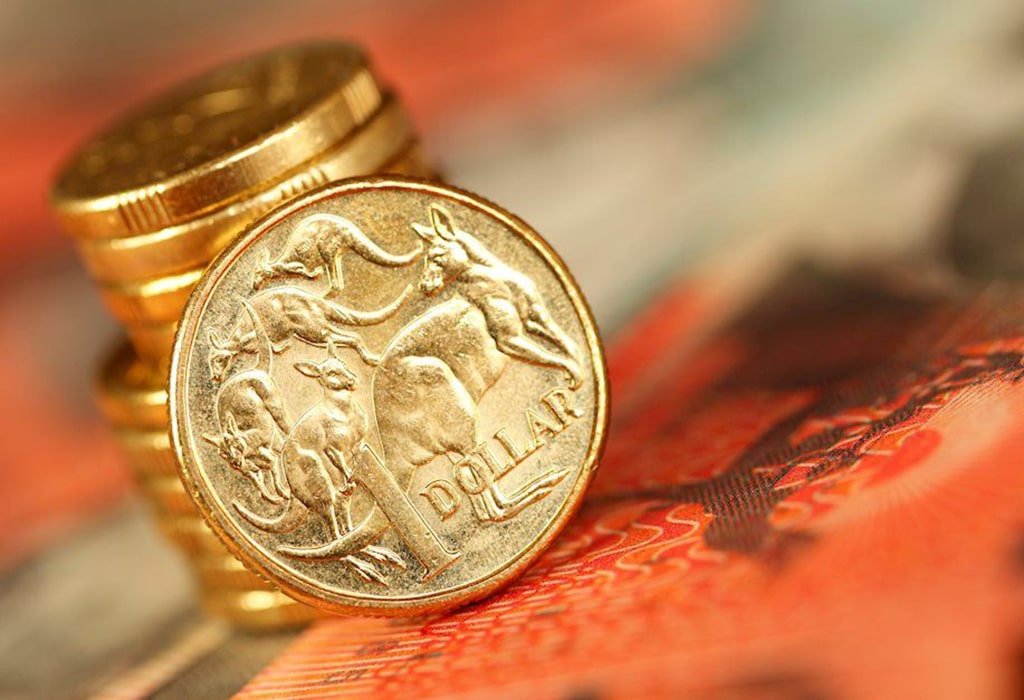
- The Australian Dollar holds ground above 0.6350 after soft Retail Sales data.
- Australia’s Retail Sales grew 0.2% in August, lower than the expected 0.3%
- The US Dollar continues to strengthen on higher US Treasury yields, coupled with upbeat economic data.
The Australian Dollar (AUD) hit a 10-month low on Wednesday. However, the AUD/USD pair held ground after the release of disappointing Australia’s Retail Sales data.
Australia’s monthly Consumer Price Index (CPI) has rebounded from July’s reading, which could be attributed to increasing energy prices. This expected increase in inflation has raised anticipations of another interest rate hike by the Reserve Bank of Australia (RBA). However, the AUD failed to gain traction despite positive Consumer Price Index (CPI) figures.
The Aussie Dollar is under downward pressure due to increased risk aversion sentiment in the market. The drop in commodity prices is also acting as a limiting factor on the upside potential of the AUD/USD pair.
The US Dollar Index (DXY) continues to strengthen, propelled by robust macroeconomic data from the United States (US), trading at its highest levels since December. This surge in the US Dollar (USD) is attributed to the positive performance of US Treasury yields over an impending US government shutdown. The yield on the 10-year US Treasury note has reached record highs.
The bullish momentum in the USD is further reinforced by the hawkish remarks made by Federal Reserve (Fed) board members. Neel Kashkari, the President of the Minneapolis Federal Reserve, recently made comments that suggest the potential for additional rate hikes in the future.
Kashkari also left open the possibility of interest rates remaining at their current levels if rate cuts are delayed even further.
Daily Digest Market Movers: Australian Dollar weakens on market caution, higher US Treasury yields, hot macros
- The AUD/USD attempts to rebound after hitting a 10-month low at 0.6331 on Wednesday, trading around 0.6360 at the time of writing during early Asian trading hours on Thursday.
- Australian Retail Sales increased 0.2% in August, slowing from the 0.5% rise seen in July. The index was expected to increase by 0.3% in August.
- Australia’s Monthly Consumer Price Index (CPI) year-over-year for August rose 5.2% as expected, up from the previous 4.9% increase.
- There is a growing expectation for rate increases in the subsequent November and December meetings by the RBA.
- The US Dollar’s (USD) strength is attributed to the positive performance of US Treasury yields over an impending US government shutdown. The yield on the 10-year US Treasury note has reached record highs.
- US Durable Goods Orders rose 0.2%, swinging from the previous decline of 5.6% and market expectations of a 0.5% decline in August.
- EIA Crude Oil Stocks Change data on the week ending September 22 showed that stocks decreased by 2.17 million barrels compared with the 2.135 million drawdown seen a week earlier. Markets expected oil stockpiles to decline by much less than 0.32 million barrels.
- The situation in China regarding Evergrande continues to worsen, with increasing turmoil, intrigue, and uncertainty. Bloomberg reported on Wednesday that the chairman of the company had been placed under police surveillance.
- Evergrande, the world’s most indebted developer with over $300 billion in total liabilities, is at the heart of an unprecedented liquidity crisis in China’s property sector.
- The hawkish remarks from Neel Kashkari, the President of the Minneapolis Federal Reserve, have led to a broad-based strengthening of the US Dollar (USD) and have acted as a headwind for the AUD/USD pair. Kashkari emphasized the potential for additional rate hikes in the future.
- Traders await US data such as the Core Personal Consumption Expenditure (PCE) Price Index, the Fed’s preferred measure of consumer inflation, which is due on Friday. The annual rate is expected to be reduced from 4.2% to 3.9%.
Technical Analysis: The Australian Dollar hovers above 0.6350, and a barrier at 0.6400 psychological level
The Australian Dollar traded higher at around 0.6380 during the Asian session on Thursday. The AUD/USD pair could find a barrier around the 0.6400 psychological level, followed by the 21-day Exponential Moving Average (EMA) at 0.6422. A firm break above the latter could support the Aussie Dollar (AUD) to explore the region around 23.6% Fibonacci retracement at 0.6464. On the downside, the monthly low at 0.6357 aligned with the 0.6350 psychological level could be the key support, following the 0.6300 psychological level.
